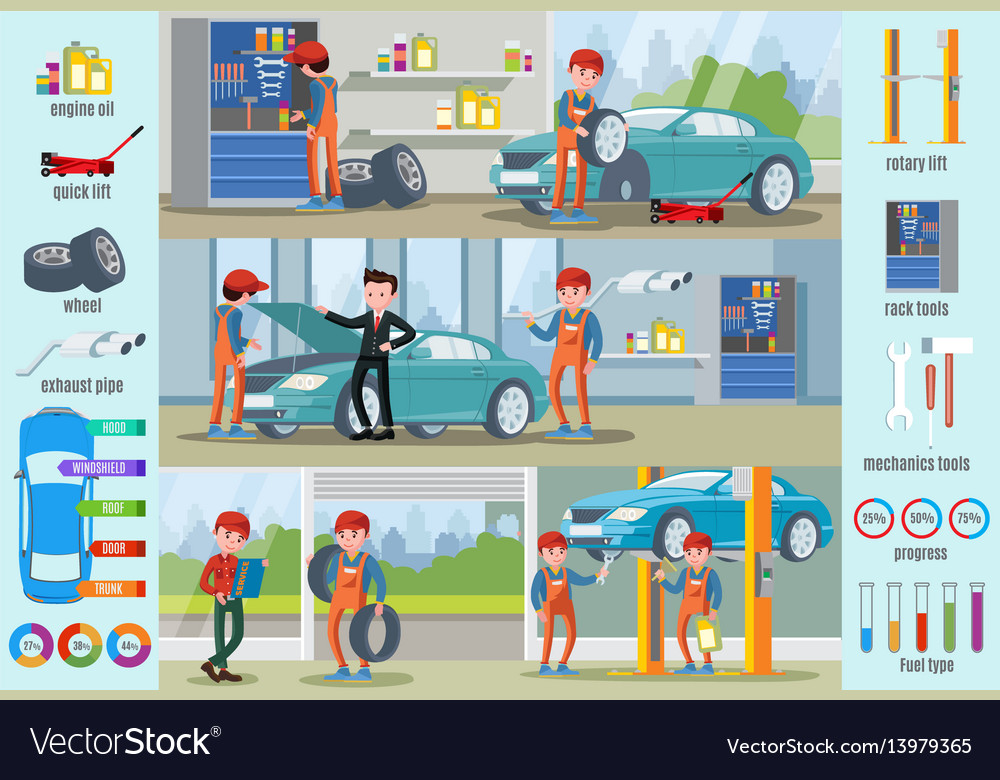Analyzing Your Automobile'S Caution Indicators: What They Actually Communicate
Analyzing Your Automobile'S Caution Indicators: What They Actually Communicate
Blog Article
https://audi-ecu-tuning40517.bloggerbags.com/36418996/intrigued-in-the-extensive-misconceptions-related-to-auto-outlining-discover-the-realities-behind-these-beliefs-and-learn-exactly-how-specialist-describing-can-be-beneficial-for-all-vehicle-owners -Sykes Shepherd
When you're behind the wheel, those glowing caution lights on your dashboard can be a bit difficult. Do you understand what they're attempting to inform you concerning your cars and truck's health and wellness? Comprehending the relevance of these lights is crucial for your safety and the long life of your car. So, the next time among those lights turns up, would not you intend to decode its message accurately and take the essential actions to address it?
Common Warning Lighting and Interpretations
Identify common warning lights in your cars and truck and recognize their significances to guarantee risk-free driving.
One of the most common caution lights consist of the check engine light, which signals problems with the engine or emissions system. If web page comes on, it's vital to have your automobile checked promptly.
The oil stress advising light indicates low oil pressure, needing immediate attention to stop engine damages.
A flashing battery light may recommend a faulty billing system, potentially leaving you stranded if not addressed.
https://ecu-remapping51728.luwebs.com/31830050/checking-out-the-insights-of-a-first-class-vehicle-service-center-experience monitoring system (TPMS) light informs you to reduced tire pressure, influencing automobile security and fuel efficiency. Overlooking this might lead to unsafe driving problems.
The ABS light shows a trouble with the anti-lock braking system, jeopardizing your capacity to stop swiftly in emergencies.
Finally, the coolant temperature level cautioning light warns of engine getting too hot, which can result in serious damage otherwise fixed promptly.
Understanding these usual caution lights will certainly aid you resolve issues quickly and keep safe driving problems.
Relevance of Prompt Focus
Understanding the usual caution lights in your automobile is only the primary step; the significance of immediately resolving these cautions can't be emphasized sufficient to ensure your safety and security when driving.
When a caution light brightens on your control panel, it's your car's means of communicating a possible problem that requires focus. Ignoring these warnings can bring about more severe problems in the future, endangering your safety and security and potentially costing you more out of commission.
Prompt focus to warning lights can stop malfunctions and mishaps. For example, a blinking check engine light might show a misfire that, if left ignored, might create damages to the catalytic converter. Addressing this promptly can save you from a pricey fixing.
Likewise, a brake system cautioning light could signify reduced brake liquid or worn brake pads, critical components for your safety and security when driving.
DIY Troubleshooting Tips
If you observe a caution light on your dashboard, there are a few DIY fixing suggestions you can try prior to seeking professional aid.
The initial step is to consult your cars and truck's handbook to recognize what the specific caution light suggests. Sometimes the concern can be as straightforward as a loose gas cap causing the check engine light. Tightening the gas cap might deal with the trouble.
An additional common issue is a low battery, which can activate different cautioning lights. Inspecting the battery links for rust and ensuring they're safe and secure might deal with the issue.
If a caution light lingers, you can try resetting it by disconnecting the automobile's battery for a couple of mins and afterwards reconnecting it. In addition, inspecting your automobile's liquid degrees, such as oil, coolant, and brake liquid, can assist troubleshoot warning lights associated with these systems.
Final thought
In conclusion, comprehending your car's warning lights is crucial for keeping your car running efficiently and securely. By immediately dealing with these notifies and knowing what they mean, you can stay clear of expensive repairs and prospective break downs.
Remember to consult your cars and truck's manual for specific details on each cautioning light and take action accordingly to make sure a hassle-free driving experience.
Stay notified, remain risk-free when traveling!
